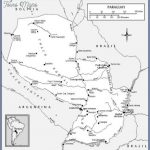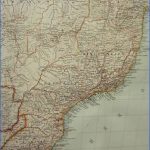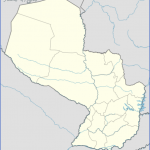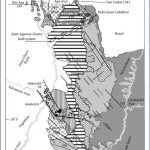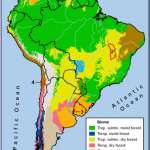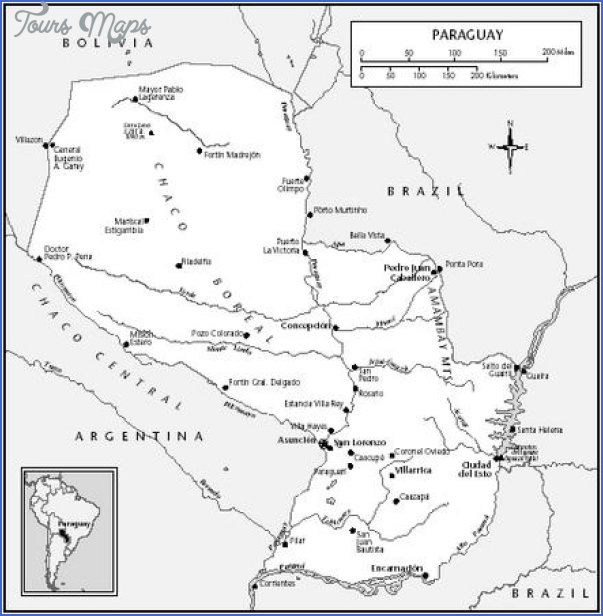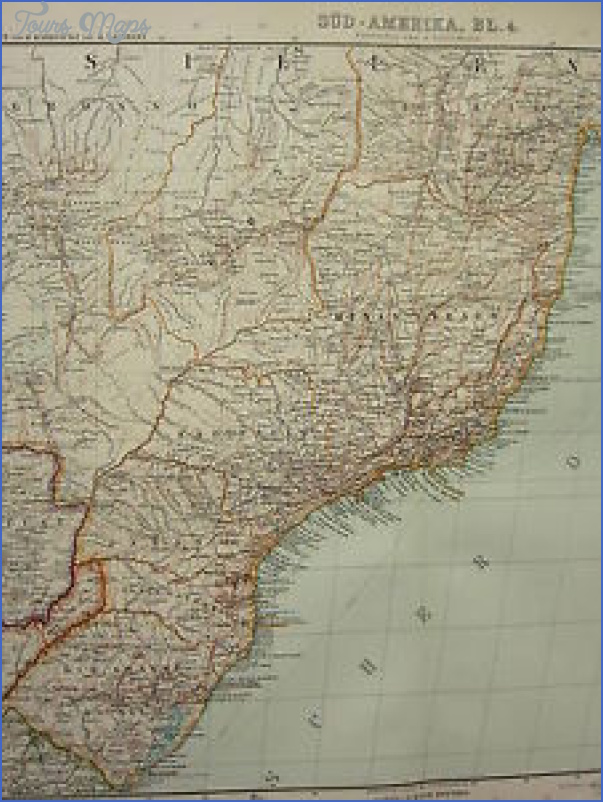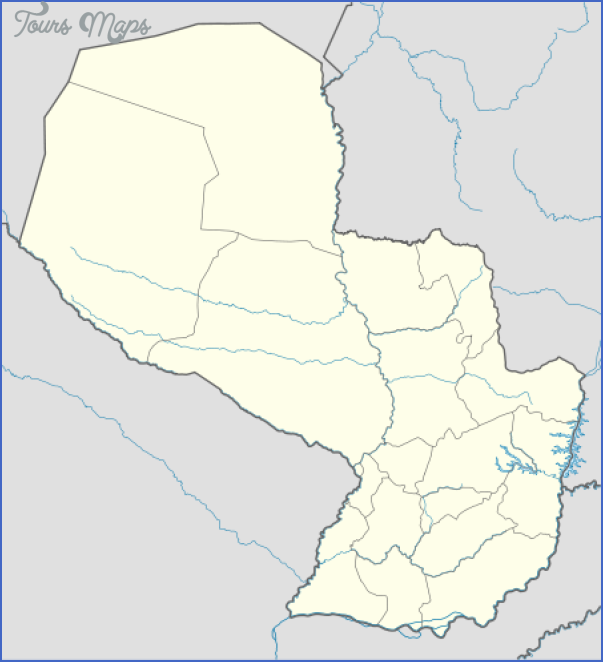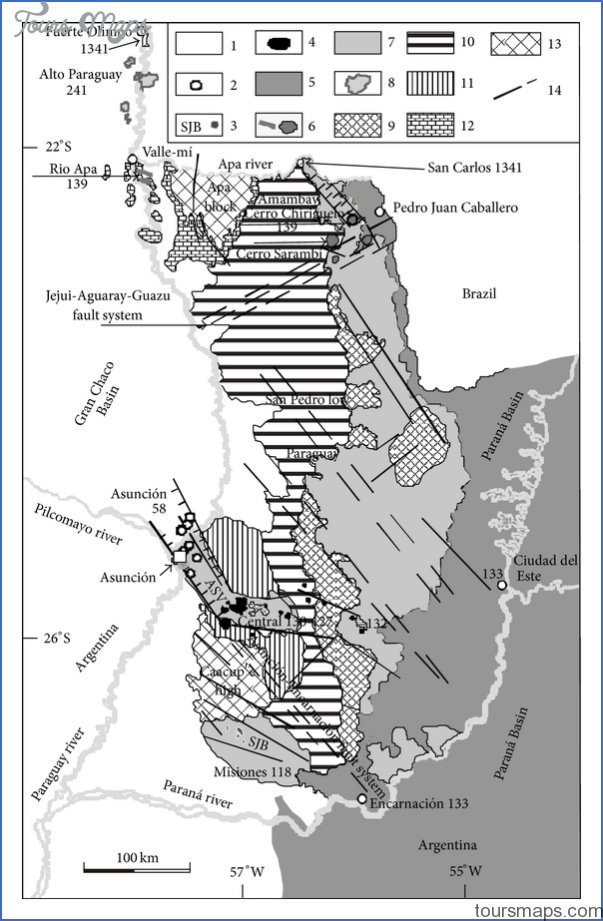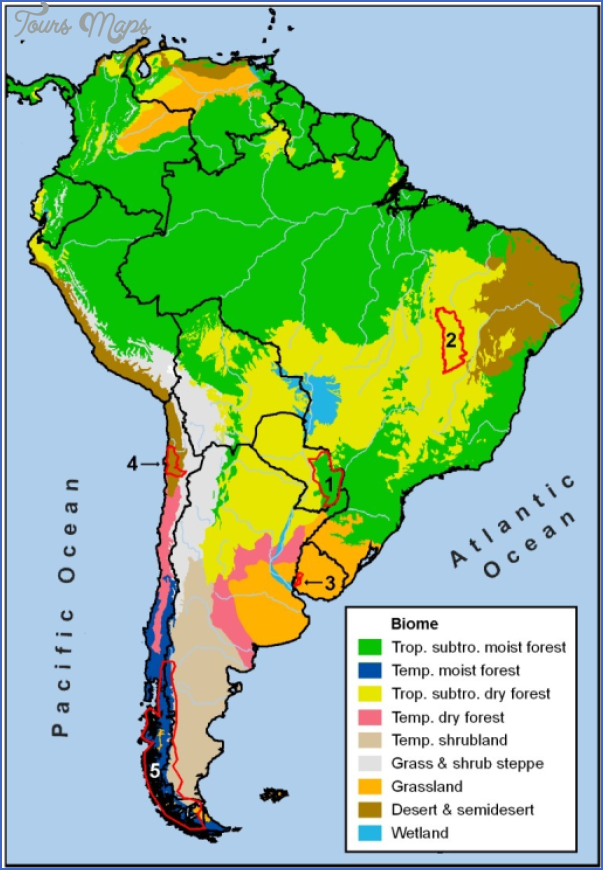Along Rt 2 & Rt 7 with side trips on Rt 8
Route 2 connects Paraguay’s two most important cities – to the west Asuncion, capital of the nation, and to the east Ciudad del Este, Paraguay’s center of commerce and the gateway to the famed Iguazu Falls. Traveling west to east along Route 2 is a trip through Paraguay’s history. Closest to Asuncion is a series of towns founded as Franciscan missions during the colonial era. Today, they are well known for maintaining some of Paraguay’s most emblematic artisanal traditions – Tobati specializes in ceramics, Atyra in leather work, Altos in woodwork, and Itagua in the spider web like lace creations known as nanduti. The city of Caacupe is the country’s spiritual capital, home to the Virgen de Caacupe who has been attracting religious pilgrims nationwide since the 1700’s. Although most choose make the journey in the days before December 8th (the Dia de la Virgen de Caacupe) you can always see people walking along Route 2 to Caacupe. Further along the road is the turn off to Piribebuy, a town which saw brutal battles during the Triple Alliance War. Until the 1960’s Coronel Oviedo marked the end of the road after which all points east were nothing but jungle. Once the new road, Route 7, pushed eastward, immigrants, both national and foreign, flocked to the region attracted by the prospect of fertile and virgin soil (see The Marcha al Este). Today economic activity in the departments of Caaguazu and Alto Parana revolves around agriculture with Mennonite colonies leading the way. On Paraguay’s eastern border with Brazil and Argentina is the aptly named Ciudad del Este (City of the East, though it was originally named Puerto Presidente Stroessner), a sharp contrast from the idyllic towns at the other end of Route 2. The Paraguayan sector of the triple frontera (triple border) is infamous for its frenzied commercial activities, both legal and otherwise. The city is home to Itaipu, one of the world’s largest hydroelectric dams, an engineering feat of enormous proportions. Across the border are the magnificent Iguazu Falls a wonder of the natural world. The combined large-scale spectacle of both Iguazu and Itaipu are a great way to start (or end) any trip to Paraguay with a bang.
Route 2 offers travelers many opportunities for side trips. From Asuncion one can bypass the chaos of San Lorenzo (where a tangle of traffic mark the start of both Route 1 and Route 2) and arrive at Route 2 via the charming and artistically inclined lakeside town of Aregua. Also along the Lake Ypacaraf is San Bernardino – once a sleepy German village, now the epicenter of summertime activities for Paraguay’s elite. Route 8 stretches south from Coronel Oviedo through the province of Guaira before ending in Caazapa. Along the way it passes Yataity, where fine cloth has been woven and embroidered into aopo’i clothing and tablecloths since the time of Dr. Francia (Paraguay’s first ruler). Guaira is also home to the German colony of Colonia Independencia, a popular vacation spot nestled at the foot of the Ybytyruzu mountain chain. The waterfalls and mountain tops of Ybytyruzu can also be accessed from the university town of Villarrica, capital of the department of Guaira.
Traveling along Route 2
Unlike Route 1 which has attractions evenly spread throughout, the main attractions of Route 2 are concentrated on either end and best dealt with separately. Capiata, Aregua, San Bernardino, Altos, Atyra, Tobati, Caacupe and even Piribebuy are easy day trips from Asuncion. All are accessible by public transportation, though visiting more than one or two in a day by bus can be challenging as roads are not always accessible to one another. Tourists can tackle the sights of Guaira at a leisurely pace using either Villarrica or Colonia Independencia as a base, the former being more accessible but less relaxing than the later. Those headed to Guaira from Asuncion in a private vehicle will find it more convenient to take the new road from Paraguari to Villarrica (accessible from Route 1). This is much faster than taking Route 2 to Coronel Oviedo and then turning south to Guaira. For the moment, all buses to Guaira from Asuncion take the longer route. Ciudad del Este is about four hours from Asuncion by car and between five and six by bus (although there are small buses that make express trips in about four hours). TAM airlines (not to be confused with the military transport also called TAM) operates one flight daily between Asuncion and Ciudad del Este – this flight then continues onto Sao Paolo, Brazil.
Due to their proximity to Asuncion, the departments of Cordillera and Central are popular homes for retired and emigrated foreigners – there is a lot of hotel and restaurant infrastructure, many with German influence. Many establishments can organize excursions to surrounding towns to help you make the most of your visit. The German colony of Colonia Independencia is probably the most pleasant place in Paraguay for those who wish to do a little bit of camping. Camping facilities are clean, well run, and there are options for nature enthusiasts, from horseback riding to hiking. Further towards Ciudad del Este the German influence continues but shifts to a less modern feel as you reach the several Mennonite colonies along Route 7. Though you will find some good restaurants here and there, options for recreation are limited – a hard work ethic is the focus of life in these communities, many of which prefer to remain closed off to outsiders. Ciudad del Este offers visitors a plethora of accommodation options, although prices are much higher than in the rest of the country (excluding Asuncion).
Recommended bus companies: Nuestra Senora de Asuncion (NSA), Crucero del Este, Rysa, Stel Turismo
Major bus stops along Route 2: San Lorenzo, Caacupe, Coronel Oviedo, Caaguazu, J. Eulogio Estigarribia (better known as Campo Nueve) and Ciudad del Este.
Getting to Route 2 from Asuncion by Car
There are two options for accessing Route 2 from Asuncion. The first is similar to the access to Route 1 through San Lorenzo (see Getting to Routes 1 & 2 by Car) and the second is through the road between Luque and Ypacaraf (bypassing the cities of Capiata and Itagua). The latter offers the advantage of being less transited and more scenic.
Through Luque
You will pass the large Nu Guazu park after the intersection with Avenida Madame Lynch. Once past the park, take a right on to Don Atilano Caceres which runs behind the Confederation Sudamericana de Futbol (CONMEBOL) building. Take the following right on to Avenida Sudamericana and then turn left, at the light on to Avenida General Elizardo Aquino. This road will lead to the center of Luque past the main plazas and church before intersecting with Humaita, a double avenue. Turn right on to Humaita. The paved turn off to Aregua is three blocks down on the left (you will pass a mini replica of the ruins of Humaita on your left). Once you are on this road it is a straight
shot to Aregua. Once in Aregua, you must turn left on to the double avenue Mariscal Estigarribia (you will see El Cantaro on the corner) and then take a right at the gas station on to Mariscal Fransisco Solano Lopez which continues through to YpacaraL In Ypacaraf turn left at the second traffic light on to General Bernardino Caballero. Once past the toll, the road will curve to the right and lead to Caacupe.
Art Theft
Given the unguarded manner in which much of Paraguay’s religious artwork is exhibited, it is easy to assume that these pieces are not particularly valuable. However, carvings from both the Jesuit and Franciscan missions are highly valuable and fetch a good price on the black market. There have been several burglaries in recent years. One of the most high profile robberies occurred at the Museo Mitologico Ramon Elias where twenty-eight pieces including several large Jesuit era statues, all of which were valued at over US$600,000, were stolen. These pieces are now presumably in the hands of private collectors. In some cases, the destination of stolen artifacts is not as lofty. Thieves who stole the church bells of the Iglesia de San Buenaventura in Yaguaron attempted to sell them as scrap metal to an iron foundry; fortunately the bells were spared and eventually returned intact.
Eastern Paraguay Map Photo Gallery
Maybe You Like Them Too
- The Best Cities To Visit in The World
- World’s 10 Best Places To Visit
- Coolest Countries in the World to Visit
- Travel to Santorini, Greece
- Map of Barbados – Holiday in Barbados

